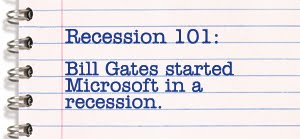Don't Let a Reason Become an Excuse

The other day my colleague Jeff said something very simple that really resonated with me – “We can’t let a reason become an excuse.” He said it in relation to how our business at The Members Group continues to work on improving our processes and how other projects often get in the way. In some cases, we have let a reason (time constraints) become an excuse (I can’t work on that project because I have so much to do). I have spent a great deal of time thinking about the differences between a reason and when it becomes an excuse, and how that influences our own ability to act. There are always reasons why things happen that derail us from our plan for today, or our vision for a product or business. Resource constraints. Time constraints. Changing priorities. Competitors that change their tactics in the market. Our bosses, co-workers, spouse, children all make demands that can throw us off our game. They are all reasons – valid ones at that. But when they become excuses, we lose somet...